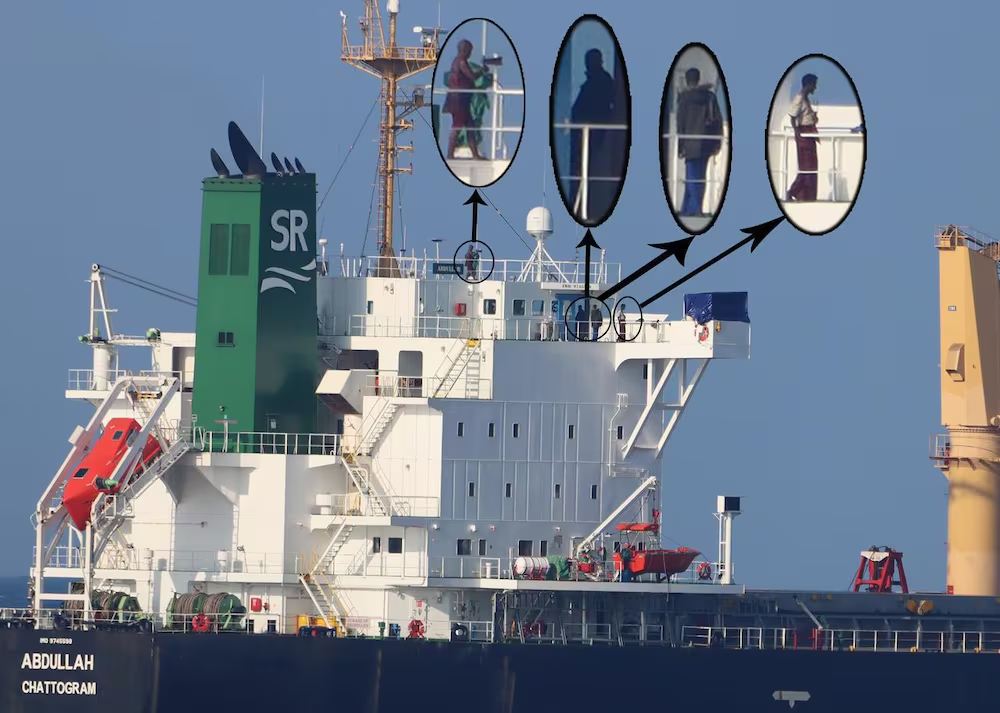
By Mohammed Dhaysane,Horndiplomat Correspondent
Mogadishu, Somalia-Up to 2.1 million people across Somalia are expected to face food consumption gaps, high acute malnutrition, or depletion of assets indicative of Crisis (IPC Phase 3)1 or worse outcomes through December 2019.
Moreover, an estimated one million children under the age of five are likely to be acutely malnourished through mid-2020. Sustained and large-scale humanitarian assistance, which is planned and likely through September, is currently preventing more severe outcomes in many areas. In the absence of humanitarian assistance from October to December, however, food security is expected to deteriorate. Current high levels of food insecurity are driven by drought conditions from late 2018 through mid-May 2019, exacerbated by below-average and erratically distributed rainfall during the 2019 Gu season (April-June), which began late and finished early.
Many households are still recovering from the severe 2016/2017 drought or have been affected by conflict, and 2.6 million people remain displaced. The Gu cereal harvest failed in most regions, leaving most poor agropastoral and riverine households unable to meet their minimum food needs given significantly below-average food stocks and income from seasonal agricultural employment. In pastoral areas, the impact of the drought on livestock led to a lack of access to milk, and many poor households have accumulated large debts while struggling to feed their families and rescue their remaining livestock. Although the 2019 Deyr (OctoberDecember) rains are forecast to be average to above-average, the positive impact on food security will not be realized until late 2019.
However, seasonal production activities will mitigate more severe deterioration during this period. These findings are based on the 2019 post-Gu seasonal food security and nutrition assessment conducted across Somalia during June-July 2019 and subsequent analyses, jointly led by the Food Security and Nutrition Analysis Unit for Somalia (FSNAU, a project managed by the Food and Agriculture Organization of the United Nations) and the Famine Early Warning Systems Network (FEWS NET, a project funded by USAID) and carried out with the active participation of Government institutions, UN and NGO partners.
Contrary to weather forecasts, the 2019 Gu rains started late and were significantly below average in most of Somalia, causing moderate to severe drought conditions to persist through mid-May.
Rainfall in most of central and southern Somalia was 25-40 percent below average, and the Shabelle and Juba river levels remained very low. An increase in rainfall from mid-May to mid-June led to improved browse and water conditions in northern and southern Somalia.
However, the short duration, low amount, and erratic distribution of the rains, as well as low river levels, led to significant reductions in area planted and yield of cereal crops. 2019 Gu cereal production in southern Somalia is estimated at 41 000 tons, including 6 900 tons of off-season harvests expected in late August/September. The total cereal harvest in southern Somalia is the lowest Gu harvest since 1995 and 68 percent lower than the long-term average for 1995-2018. In the northwest, where Gu rainfall was below average but relatively better in terms of distribution, 2019 Gu/Karan cereal production is expected to be harvested in November/December and is estimated at 23 200 tons, which is 44 percent below the 2010-2018 average.
Poor pasture conditions are again evident in Mudug, Galgadud, Bakool, Bay, Gedo and Middle Juba, with atypical livestock migration reported in Gedo. In northern and central pastoral areas, where significant livestock loss occurred during the 2016/2017 drought, the availability of saleable animals remains low, constraining the ability of poor households to feed their families and purchase water for their animals. Milk availability is largely below-average to poor. Although goat prices currently remain high, driven by low supply and increased demand related to recent Hajj festivities, many families are unable to sell their animals without endangering the sustainability of their herds and their livelihoods. Livestock-to-cereal terms of trade remain generally favorable, providing pastoralists with more than one bag (50kg) of cereals for the sale of one goat. However, dwindling market stocks from previous harvests and the poor 2019 Gu harvest led to sharp increases in sorghum prices in July, and the livestock-to-cereal and wage labor-to-cereal terms of trade exhibit a downward trend.
According to the Somalia Food Security Cluster, there has been a significant scale up of emergency food assistance since May 2019.
1.2 to 1.4 million people were reached each month from May to June, 1.9 million people were reached in July and planned assistance is expected to continue at similar levels in August and September. The increased and sustained level of assistance is likely preventing worse food security outcomes in many areas. In the presence of assistance through September, most of rural Somalia is classified as Stressed (IPC Phase 2), while Guban Pastoral, Bay-Bakool Low Potential Agropastoral, and parts of Hiiraan, Galgaduud, and the Jubas are in Crisis (IPC Phase 3). This includes 1.2 million people in Crisis or worse (IPC Phase 3 or higher) and an additional 3.6 million that are Stressed (IPC Phase 2).
An estimated 2.6 million people across Somalia remain internally displaced. Post-Gu assessment results indicate that most of the 14 major Internally Displaced Person (IDP) settlements are in Crisis (IPC Phase 3) or Stressed (IPC Phase 2) in the presence of humanitarian assistance. In most urban areas, mostly stable food prices and employment opportunities have helped to sustain food security outcomes in Stressed (IPC Phase 2) or Minimal (IPC Phase 1). However, households in urban areas in Sool, Sanaag and Hiraan regions are facing food consumption gaps and are classified as Crisis (IPC Phase 3), driven by the high cost of living and limited income-earning opportunities.
In the October-December 2019 Deyr rainfall season, consensus climate forecasts released in late August by the Greater Horn of Africa Climate Outlook Forum (GHACOF53) indicate a greater likelihood of normal to above-normal rainfall performance across most of Somalia. The rains are expected to improve pasture and water availability, crop cultivation, livestock production, and access to agricultural employment. However, heavy rainfall brings an increased risk of flooding and disruption in riverine and low-lying areas.
In the absence of assistance during the October- December period, food security is expected to deteriorate in most of northern and central Somalia and some parts of the South.
AID AGENCIES



























